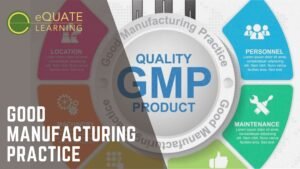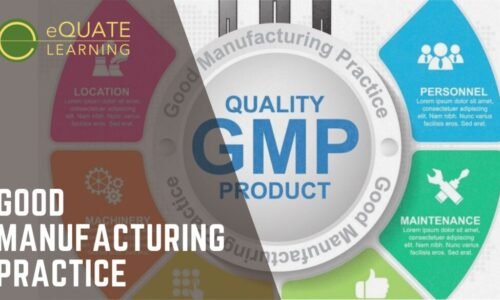
Features
- Documentation: GMP emphasizes meticulous record-keeping. Every step of the manufacturing process must be documented, from raw material receipt to final product release. This ensures traceability and accountability. This includes: Standard Operating Procedures (SOPs). Batch records. Calibration and maintenance logs.
- Quality Management: GMP is fundamentally about building quality into the manufacturing process, not just testing for it at the end. This involves: Establishing and maintaining a robust quality management system. Implementing quality control and quality assurance measures. Handling deviations and non-conformances effectively.
- GMP recognizes that people are a critical factor in product quality. Key aspects include: Adequate training and qualification of personnel. Strict hygiene and sanitation practices. Clear definition of roles and responsibilities.
- Facilities and Equipment: The manufacturing environment and equipment must be suitable for their intended purpose. This includes: Proper design and maintenance of facilities. Regular calibration and cleaning of equipment. Control of environmental factors (e.g., temperature, humidity).
- Sanitation and Hygiene: Preventing contamination is a primary goal of GMP. This involves: Implementing thorough cleaning and sanitation procedures. Controlling pests and other sources of contamination. Maintaining personal hygiene standards.
- Validation and Qualification: GMP requires that processes and equipment are validated to ensure they consistently perform as intended. This involves: Documenting the validation process. Demonstrating that the process or equipment meets pre-defined specifications.
- Inspections and Audits: Regular inspections and audits are essential to ensure ongoing compliance with GMP regulations. This includes: Internal audits. External audits by regulatory agencies.
Target audiences
- Individuals responsible for ensuring product quality and compliance with regulatory requirements.
- Anyone working directly or indirectly in the manufacturing process
- Companies producing pharmaceuticals, food and beverages, cosmetics, medical devices, and other regulated products.
Curriculum
- 1 Section
- 8 Lessons
- Lifetime
Expand all sectionsCollapse all sections
FAQs
GMP stands for Good Manufacturing Practices. It's a system of quality regulations and guidelines designed to ensure that products are consistently produced and controlled according to quality standards.
GMP is crucial for protecting consumers by ensuring the safety, efficacy, and quality of products like pharmaceuticals, food, and medical devices. It also helps manufacturers maintain consistency and avoid costly errors.
Anyone involved in the manufacturing, processing, packaging, or holding of regulated products, including pharmaceuticals, food, cosmetics, and medical devices.
Key principles include documentation, quality management, personnel training, facility and equipment maintenance, sanitation, validation, and audits.
Instructor
Featured Review
The course material was presented in a way that was easy to understand, even for those new to GMP.

Featured Review
The course material was presented in a way that was easy to understand, even for those new to GMP.
